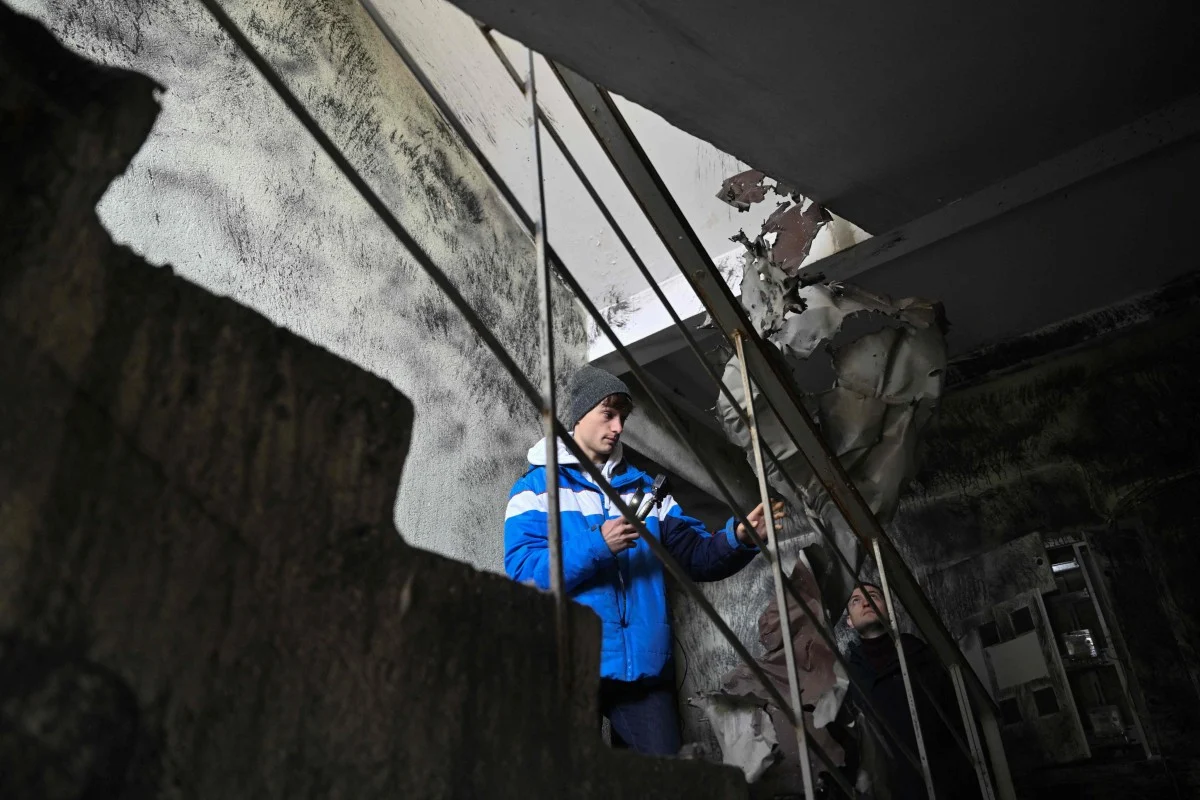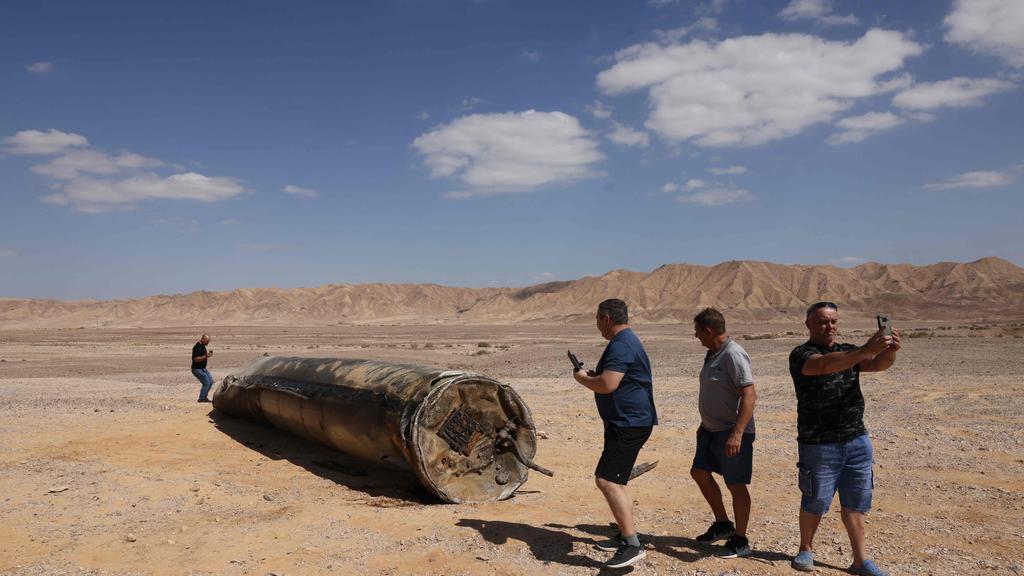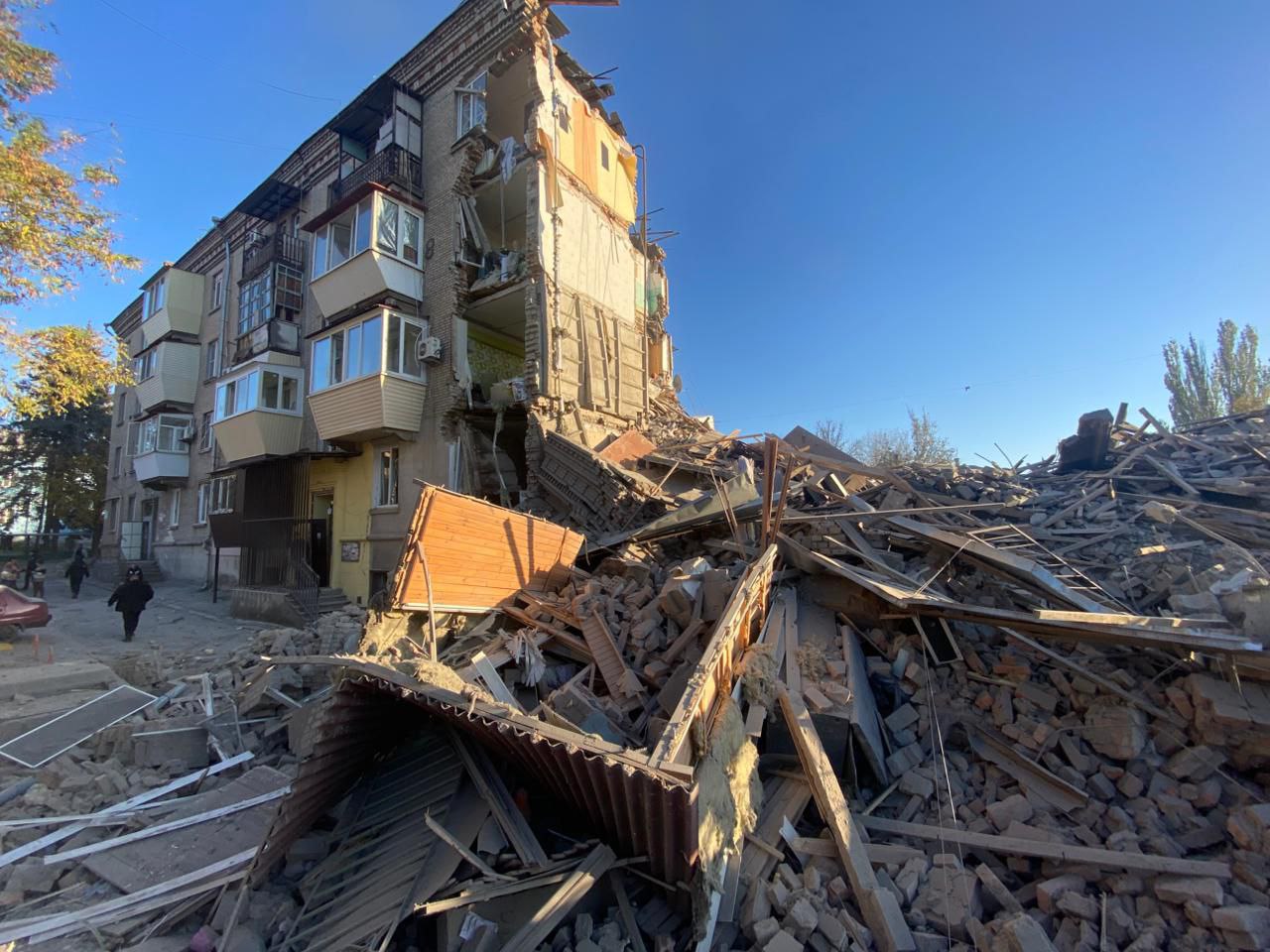
In a bizarre twist of modern tourism, some individuals are paying a hefty price to visit sites of suffering, destruction, and genocide, all in pursuit of the perfect social media photo. These tourists are not flying to idyllic beaches or historic landmarks but to the heart of conflict zones, where death and devastation unfold daily.
The horrors of war, once marked by the blood-stained remnants of demolished cities and civilians’ final moments, have become mere “entertainment” for those seeking to capture these tragic scenes on camera.
From Gaza to Ukraine: Rise of dark tourism
The trend of "dark tourism" has skyrocketed in recent years, with people seeking out locations synonymous with death and destruction. This includes not only the ongoing violence in Gaza but also the war in Ukraine, ignited by Russia’s invasion in February 2022.
As cities are reduced to rubble and civilians suffer, travel companies are seizing the opportunity, organizing “war tours” where tourists can safely witness the chaos from behind protective barriers. Tourists even receive advice to install emergency apps on their phones, ensuring they stay safe during these perilous excursions.
While many view such actions as morally reprehensible, they have become increasingly popular among those who wish to experience the ultimate in extreme tourism. The rise of social media and the romanticization of conflict zones in documentaries, films, and news broadcasts have made these visits more mainstream.
Some even dress in “war-themed” outfits to pose in front of destroyed military equipment and missile strike remnants, turning once-sacred spaces into sets for the perfect photo op.

This phenomenon is not new. The tradition of traveling to sites of conflict and death dates back decades, with some of the earliest forms of “war tourism” emerging in the late 1980s. By then, the practice was already well-established in Gaza, where people have long visited the site of ongoing suffering, even as it continues to unfold.
The term "dark tourism" was coined to describe this specific type of travel, which involves visiting locations historically associated with death, tragedy, or disaster. Yet, the allure of such places is not a modern invention.
During the Crimean War in the 1850s, tourists like writer Mark Twain flocked to the ruined city of Sevastopol to witness the destruction firsthand. Similarly, in 1854, Fanny Duberly, the only woman on the battlefield, observed and documented the war in Crimea, a spectacle that was as much about witnessing history as it was about seeking the thrill of conflict.
Despite the long history of war tourism, its contemporary iteration has raised ethical concerns. Today’s "death tourists" seek not just to witness the aftermath of war but to profit from the suffering of others. The desire to capture death and destruction for social media has turned the most horrific tragedies into entertainment.
With the rise of social media, these visits are increasingly commodified, and the line between documenting history and exploiting tragedy becomes increasingly blurred. The growing number of visitors to conflict zones raises the question: Is it right to turn the suffering of millions into a commodity for the few?

As dark tourism continues to rise in popularity, experts predict that this industry will only expand. Travel companies specializing in such experiences are catering to a growing market of thrill-seekers willing to pay for a once-in-a-lifetime, albeit morally dubious, opportunity.
This trend raises difficult questions about the ethics of tourism, the commodification of human suffering, and what it says about the society that partakes in it.
Huseyin Kurt, chairman of the International MICE Industry Association, links the appeal of dark tourism to human curiosity, especially concerning conflict zones like Afghanistan or Syria, where knowledge is often limited. Reflecting this curiosity, Murat Cakan of Royal Diamond Group notes that around 25,000 tourists visited Afghanistan last year.
Similarly, Tulga Ozan of World Unchanged Travel reports high demand for West African excursions costing $6,000 to $7,000 and tours to Gabon priced around $8,000.
As people around the world face the unimaginable pain of war, the line between entertainment and exploitation has never been blurrier. What was once a solemn remembrance of history is now being consumed as a spectacle, with devastating consequences for the victims and the tourists themselves.